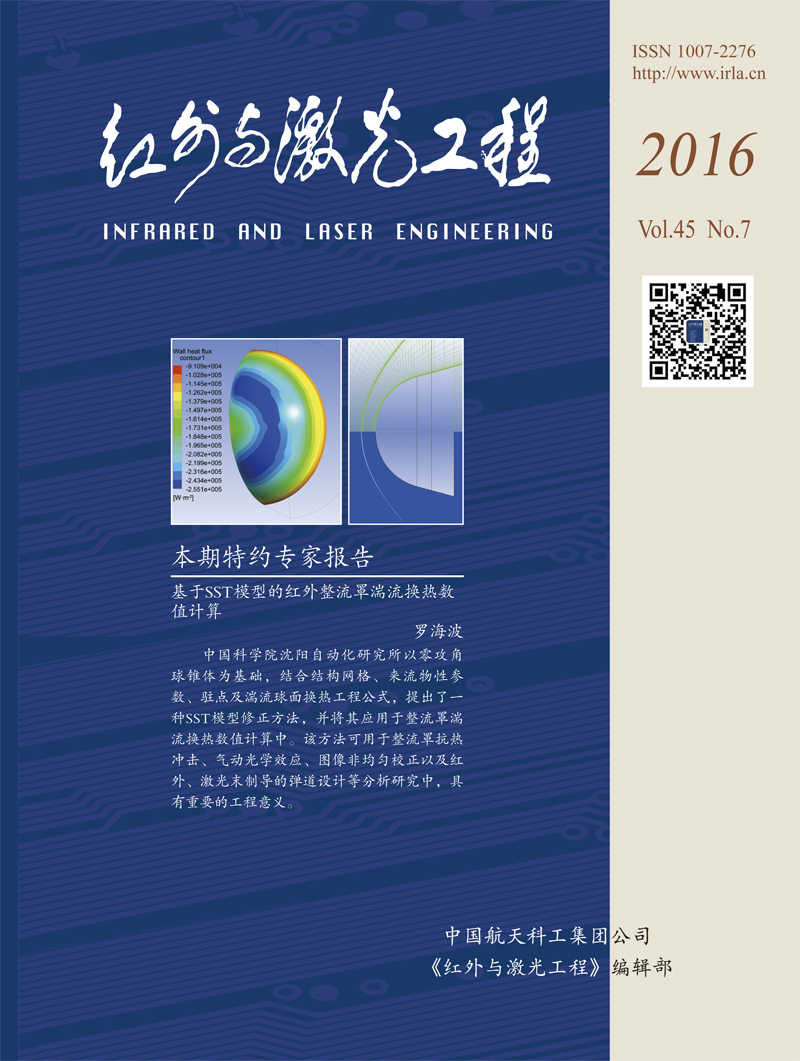|
[1]
|
Sharp C S, Shakernia O, Shankar Sastry S. A vision system for landing an Unmanned Aerial Vehicle[C]//IEEE International Conference on Robotics and Automation (ICRA), 2001, 2:1720-1727. |
|
[2]
|
Wu Xianliang, Shi Zongying, Zhong Yisheng. An overview of vision-based UAV navigation[J]. Journal of System Simulation, 2010, 22(S1):62-65. (in Chinese)吴显亮, 石宗英, 钟宜生. 无人机视觉导航研究综述[J]. 系统仿真学报, 2010, 22(S1):62-65. |
|
[3]
|
Xu G L, Zhang Y, Ji S Y, et al. Research on computer vision-based for UAV autonomous landing on a ship[J].Pattern Recognition Letters, 2009, 30(6):600-605. |
|
[4]
|
Laiacker M, Kondak K, Schwarzbach M, et al. Vision aided automatic landing system for fixed wing UAV[C]//Intelligent Robots and Systems(IROS), RSJ International Conference on,2013:2971-2976. |
|
[5]
|
Kong W, Zhang D, Wang X, et al. Autonomous landing of an UAV with a ground-based actuated infrared stereovision system[C]//Intelligent Robots and Systems(IROS), 2013 IEEE/RSJ International Conference on:2963-2970. |
|
[6]
|
Gui Y, Guo P Y, Zhang H L, et al. Airborne vision-based navigation method for UAV accuracy landing using infrared lamps[J]. Journal of Intelligent Robotic Systems, 2013, 72(2):197-218. |
|
[7]
|
Tsai A C, Gibbens P W, Stone R H. Advances in Image and Video Technology[M]. Berlin Heidelberg:Springer, 2006:672-681. |
|
[8]
|
Schauwecker K, Zell A. On-Board Dual-Stereo-Vision for the Navigation of an Autonomous MAV[J]. Journal of Intelligent Robotic Systems, 2014, 74(1-2):1-16. |
|
[9]
|
Zhang Dan, Duan Jin, Gu Lingjia, et al. Method of camera calibration based on image processing[J]. Infrared and Laser Engineering, 2007, 36(S):293-297. (in Chinese)张丹, 段锦, 顾玲嘉, 等. 基于图像的模拟相机标定方法的研究[J]. 红外与激光工程, 2007, 36(S):293-297. |
|
[10]
|
Niu Haitao, Zhao Xunjie. New method of camera cali-bration based on checkerboard[J]. Infrared and Laser Engineeing, 2011, 40(1):133-137. (in Chinese)牛海涛, 赵勋杰. 采用棋盘格模板的摄像机标定新方法[J]. 红外与激光工程, 2011, 40(1):133-137. |
|
[11]
|
Li Zhihua, Li Xinguo. Infrared small moving target detection and tracking based on OpenCV[J]. Infrared and Laser Engineering, 2013, 42(9):2561-2565. (in Chinese)黎志华, 李新国. 基于OpenCV的红外弱小运动目标检测与跟踪[J]. 红外与激光工程, 2013, 42(9):2561-2565. |
|
[12]
|
Xu Yong, Jia Tao. Position and attitude measurement method based on unmanned aerial vehicle image fea-ture fusion[J].Laser Optoelectronics Progress, 2015, 52(3):160-170. (in Chinese)许勇, 贾涛. 基于图像特征融合的无人机位姿测量方法[J].激光与光电子学进展, 2015, 52(3):160-170. |
|
[13]
|
Wu Jiahuan, Ma Jinsheng. Key technology of vision-based navigation for aircraft based on GPU-SIFT[J]. Computer Measurement Control, 2015, 23(4):1371-1374. (in Chinese)吴佳欢, 马金盛. 基于GPU-SIFT算法的飞行器视觉导航姿态估计关键技术[J]. 计算机测量与控制, 2015, 23(4):1371-1374. |
|
[14]
|
Huang Hai. Research on flight control technology of the unmanned helicopter during hover/low-speed flight[D].Nanjing:Nanjing University of Aeronautics and As-tronautics, 2010. (in Chinese)黄海. 无人直升机悬停/小速度段的飞行控制律设计技术研究[D]. 南京:南京航空航天大学, 2010. |









 DownLoad:
DownLoad: